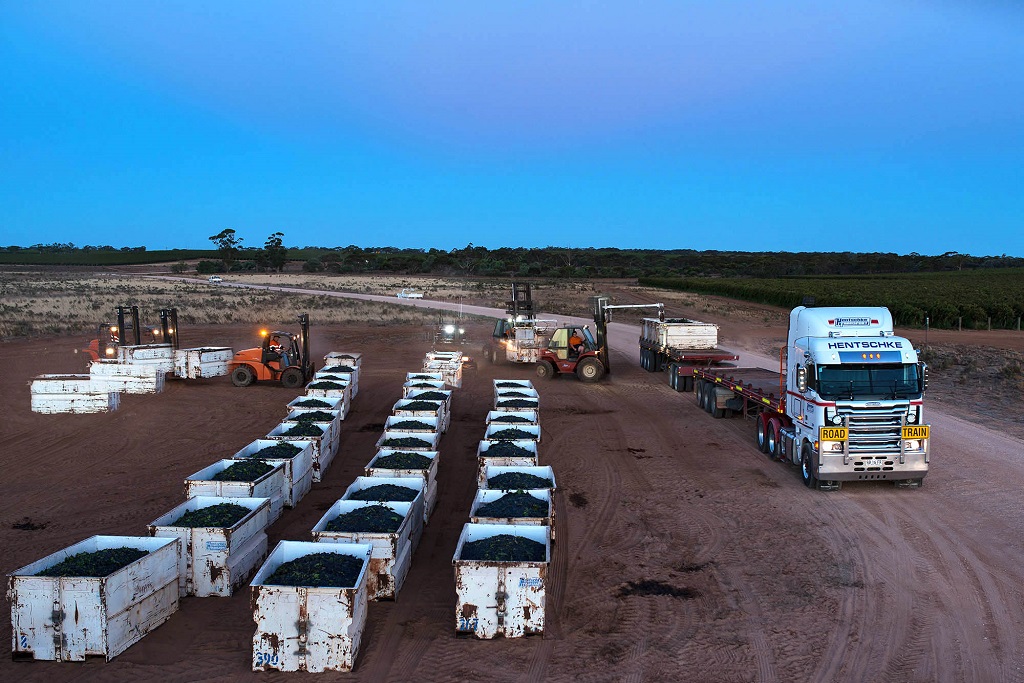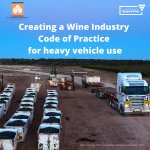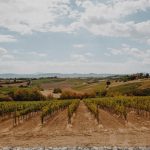Cold Ridge. Photo courtesy of Riverland Wines. Photo by Italo Vardaro
The consultation phase of the Wine Industry Heavy Vehicles Project to develop a heavy vehicles Chain of Responsibility Code of Practice for the Australian wine industry is nearing an end, with stakeholder sessions scheduled in New South Wales in October/November, and final sessions to occur in Victoria soon after that.
This project, being led by the South Australian Wine Industry Association (SAWIA) in partnership with Australian Grape and Wine (AGW), aims to improve road safety by assisting the industry in meeting their Chain of Responsibility obligations under the Heavy Vehicle National Law.
This includes ensuring that goods are not overloaded, that they are secured properly and that drivers are not encouraged or pressured to speed or drive while fatigued
During the consultation phase so far, stakeholder sessions have been held in 13 wine regions across South Australia, Victoria, Western Australia and Tasmania, with more than 150 registered participants offering feedback, including wine producers, grapegrowers, transporters and vineyard contractors.
Four additional NSW sessions will be held in Griffith on 25 October, Cessnock on 8 November, Mudgee on 9 November and Orange on 10 November 2022. Click here to register.
Feedback from all sessions will be considered in the drafting of the new Registered Industry Code of Practice for the Australian wine industry in cooperation with the National Heavy Vehicle Regulator (NHVR).
Once the Code of Practice is finalised, an Educational Program will be conducted across Australian wine regions and online, to educate parties in the wine supply chain about the code and how it can be practically implemented in their respective businesses.
Project manager Henrik Wallgren, from the South Australian Wine Industry Association (SAWIA), said the stakeholder sessions held around Australia have been valuable for understanding the challenges, good practices and the diversity and regional differences of Australian wine regions.
“Across Australian wine regions there are different grapes being picked, different bins and trucks being used, and different distances being travelled, which all contribute different challenges,” Wallgren said.
“Holding sessions across the country in large and small regions has enabled us to get a deeper understanding of the diversity of the industry and challenges being faced in relation to how the industry relies on heavy vehicle transportation.
“The Code of Practice must be comprehensive, practical and flexible to provide effective guidance to all members of the Australian grape and wine supply chain.”
Wallgren said the stakeholder sessions had been well supported by regions so far.
“Then, when the code is ready, we’ll return to regions in 2025 to help members of the wine supply chain to understand the code, to ensure the safe transportation of grapes, by-products and finished wine on public roads, so that we better manage our Chain of Responsibility obligations,” he said.
This project is funded as part of Round 5 of the National Heavy Vehicle Regulator’s Heavy Vehicle Safety Initiative, supported by the Australian Government.
Are you a Daily Wine News subscriber? If not, click here to join our mailing list. It’s free!
















